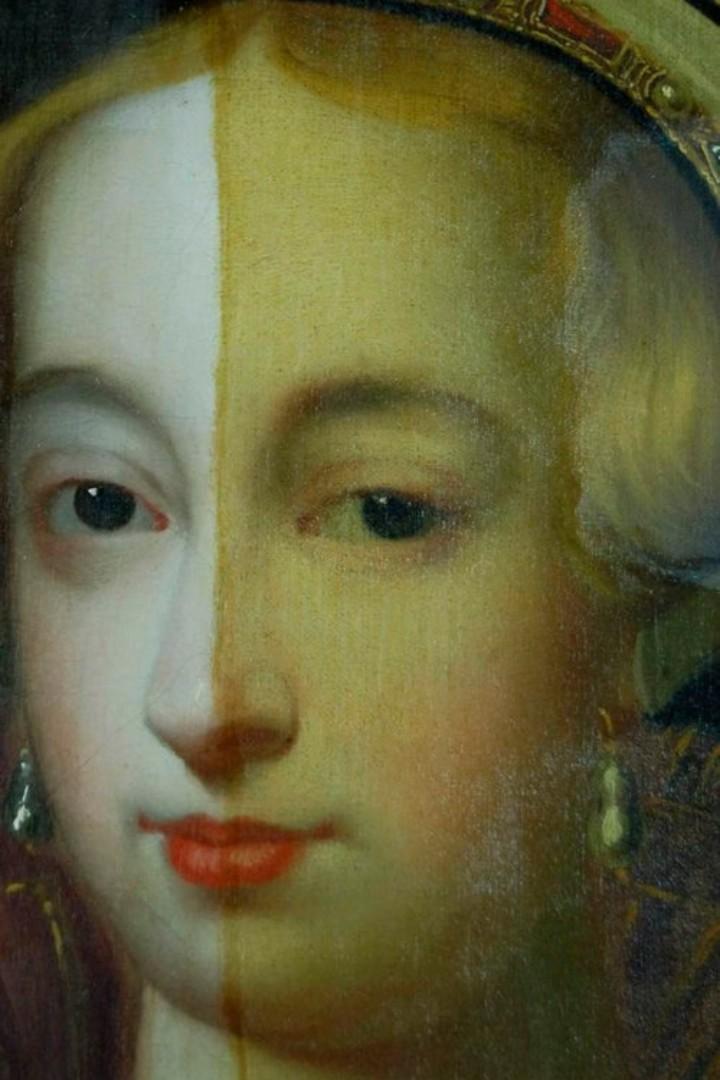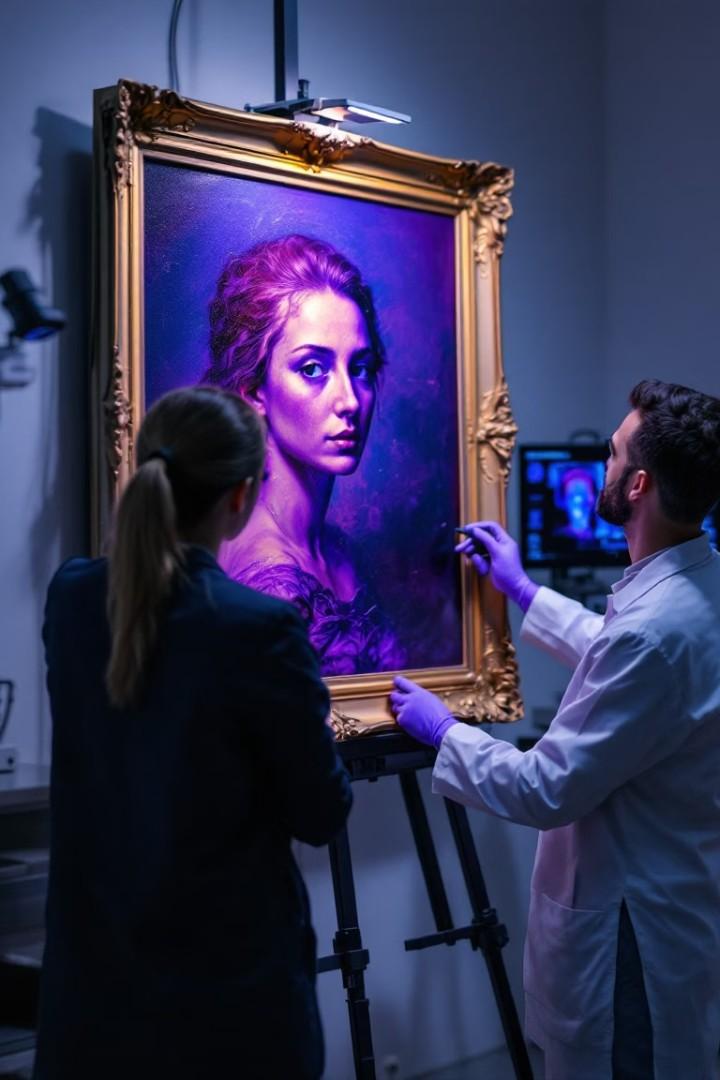

Why Painting Restoration in London Continues to Evolve
Painting restoration in London is undergoing a transformation as modern science and technology breathe new life into ageing masterpieces. In the conservation studios and laboratories of the city, restorers are blending time-honoured craft with cutting-edge research. This approach ensures that artworks are preserved for future generations in the best possible condition, while maintaining the integrity and intent of the original artist.


Modern Materials and Ethical Methods
These modern varnishes saturate colours beautifully while remaining chemically stable and reversible. Likewise, conservators mend flaking paint and torn canvases with specially developed adhesives and strong and easily removable fillers.
For example, if a paint layer is consolidated or losses are inpainted, a fine art conservator in London ensures that those additions can be detected under UV light and safely removed by future restorers.
By using stable, tested materials that won’t harm the original artwork, conservators combine modern science with the principle of “first, do no harm. This careful approach means today’s restorations will age gracefully and can be revisited as techniques continue to improve.
These sophisticated technologies allow London's conservators to examine paintings thoroughly before undertaking any physical treatments. By understanding a painting's structure and composition, conservators can develop targeted, minimally invasive restoration plans tailored to each artwork's specific needs and vulnerabilities.

Addressing Flaking Paint Issues
Filling and Retouching
Assessment and Documentation
Thorough examination using both visual inspection and scientific imaging to document the extent of paint flaking and underlying causes
Stabilisation
Careful application of conservation-grade adhesives to reattach loose paint flakes to the support, often requiring microscopic precision
Reconstruction of lost areas using reversible fillers and pigments that match original colours but remain detectable under UV examination
Protective Finishing
Application of stable, nonyellowing varnish layers to protect the restored surface and integrate visual appearance
When faced with flaking paint—one of the most common issues in oil painting conservation—London's specialists employ a methodical approach that prioritises minimal intervention and reversibility. Each stage is carefully documented, ensuring future conservators understand exactly what treatments have been applied.

